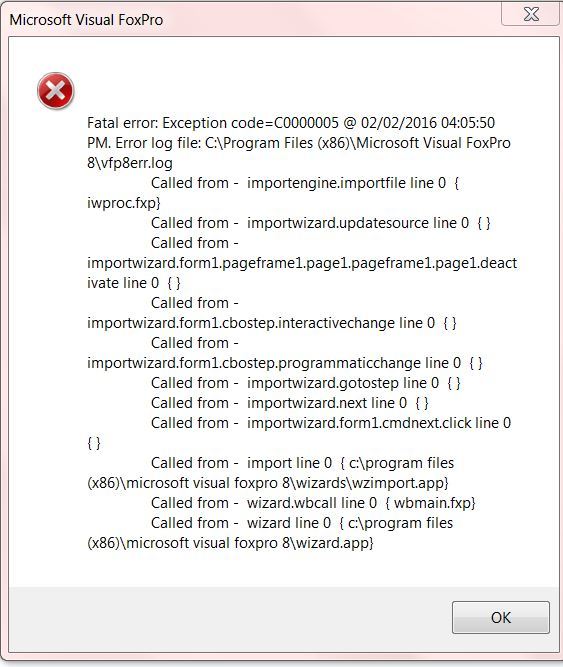

Any suggestions? Thanks in advance, see his email question below in bold/italic:Our plan is to generate an excel file and use FOXPRO simply to convert the excel file to a DBF. If my memory is correct, it is difficult to convert an excel file to DBF without a program. In the past, they have used Access as an interim but are trying to get away from that for a few reasons. He is trying to use Foxpro exclusively to convert an excel file to DBF. Supported Excel versions: 2007 to 2013.I have not used Foxpro for several years and a friend has asked me a question that I don't recall for sure. *Excel DbfMate Add-In enables Excel users to export data from Excel worksheets to DBF files, as well as to import data from DBF files to worksheets. Once you open the Excel file you want to import records from in DBF Viewer 2000, it scans the file and presents you a quick preview of all sheets in the document. The tool works faster, reads any XLS and XLSX documents and promptly imports information from them to the selected DBF file. *Try DBF Viewer 2000 to import data from Excel to DBF. *I'm trying to import old FoxPro DBF files w/o luck into EG Version 5.1 (5.18) Hot fix 13 (64-bit). If the DBF file already exists, use APPEND FROM to import Excel data into it: SELECT MyDDF APPEND FROM. We can use ACCESSDB to save it as a DBF but hard to keep the table properties same as the original dbf we are used to sending to fiscals. Press ESC to close the BROWSE window remember to issue the USE command after looking at the file so it will be properly closed.Our plan is to generate an excel file and use FOXPRO simply to convert the excel file to a DBF. If you want to look at the results, type BROWSE before the file is closed.

If you want to do something with it right away, don't issue the final USE command. FoxPro commands will be in upper case and must be exact, the table names will be in mixed case and need to be changed to match your specific files (the extension (.DBF) is optional). Each command will be executed when you press the enter key (after typing each line). All of the following commands should be typed into the command window. I don't know the names of your tables, so I'll just use File1, File2, File3 and Final as the names and you can substitute the real names in each case. I'll give you the second option, just because it's a better choice. First, decide if you want to use one of the three tables to hold the final results, or keep the three tables as they are for historical value.Īlso read more DBF Viewer Tool for solution:

If the columns (fields) have the same name in each DBF file (table), the process is fairly simple.


 0 kommentar(er)
0 kommentar(er)
